The golden arches may still be standing tall, but the fast-food world is far from invincible. From drive-thru delays to empty dining rooms and rising prices, the industry has been taking hits from all sides.
And now, one major player is hitting the brakes in a big way. Jack in the Box, the beloved burger-and-chicken chain known for its quirky commercials and late-night snacks, is closing all of its restaurants in a major U.S. metro.
For loyal fans in that area, it’s the end of an era—and a sign of the bigger storm brewing across the fast-food landscape.
Because behind the neon signs and combo deals, the pressure is building. This shake-up didn’t come out of nowhere. It’s part of a larger wave of change reshaping the restaurant industry as we know it.
Let’s dive into what’s happening, why it matters, and what’s next for Jack in the Box—and your favorite fast-food fixes.
Restaurant Industry Struggles
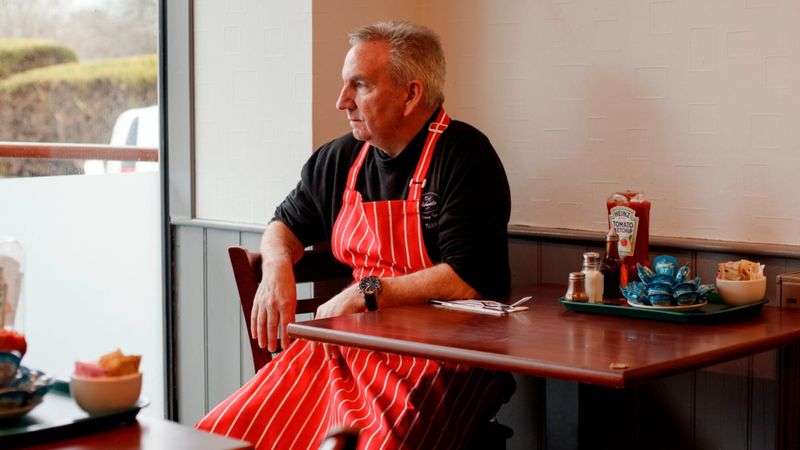
The restaurant industry has been on a rollercoaster ride over the past five years. Economic fluctuations, supply chain disruptions, and labor shortages have all played a part.
However, the Covid-19 pandemic was the real game changer. Overnight, bustling eateries turned into ghost towns. Social distancing measures and health concerns made operations difficult. Many businesses couldn’t survive the mounting pressures.
Amidst this turmoil, only the most resilient have managed to keep their doors open. Even now, as the world finds its footing again, the scars of this tumultuous period continue to linger. The landscape of the industry has changed, with new challenges emerging at every turn.
It remains to be seen how the industry will adapt and evolve in the coming years.
Impact of Covid-19

In the wake of Covid-19, the hospitality sector took a major hit. Lockdowns and restrictions led to a drastic decrease in foot traffic. Many restaurants faced financial losses, with perishable goods going to waste and employees left unpaid.
The uncertainty surrounding the pandemic made planning nearly impossible for business owners. Even those who adapted with delivery and takeout services struggled to make ends meet. As communities slowly reopened, the hesitancy to return to indoor dining persisted.
This compounded the financial distress already felt by many establishments. The impact of the pandemic was profound, setting the stage for a challenging recovery process. It serves as a stark reminder of how quickly circumstances can change.
Post-Pandemic Hesitancy
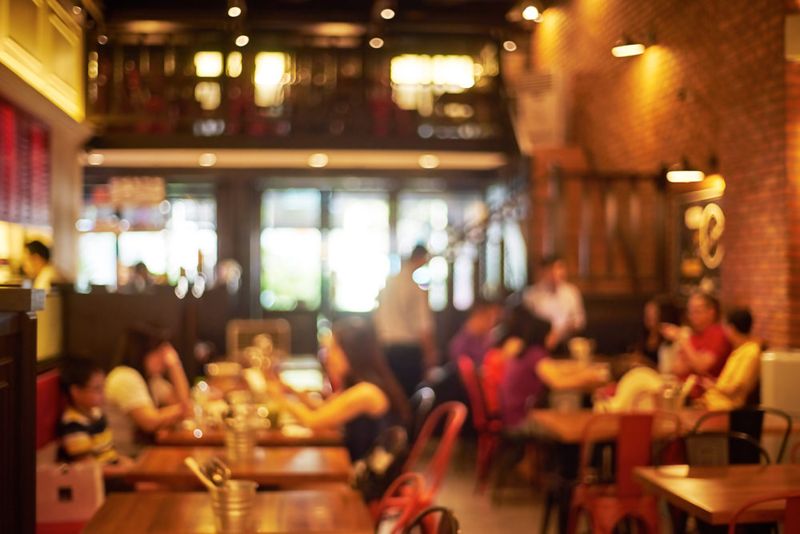
Even as restrictions lifted, a significant portion of the population remained wary. The fear of infection lingered, influencing dining habits. For many, outdoor dining or takeout became more appealing than sitting inside a restaurant.
This shift in consumer behavior made recovery efforts challenging for many establishments. Despite efforts to assure customers of safety measures, the path to regaining pre-pandemic foot traffic has been slow.
Businesses have had to adapt quickly, offering more flexible dining options to meet changing demands. The pandemic has undeniably transformed the way people dine, with long-term implications for the industry.
As the world gradually moves forward, many question what the future holds for traditional dining experiences.
Fast-Food Vulnerability
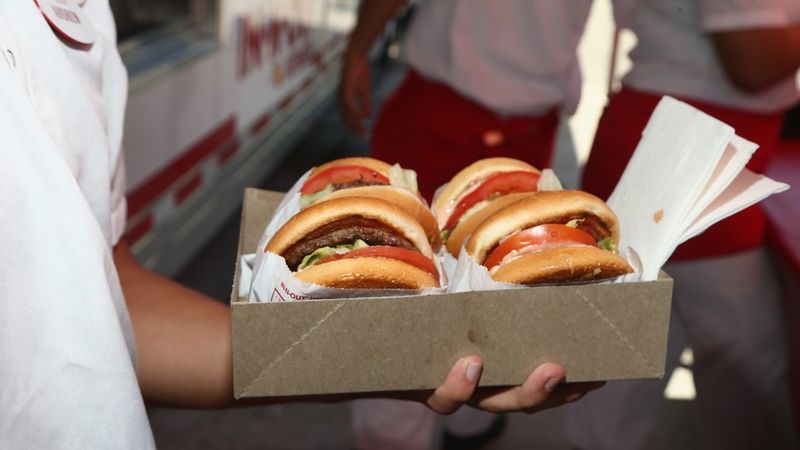
Fast-food chains have found themselves in a precarious position. Often located in busy commuter areas, they faced unique challenges.
Inflation has further impacted consumer spending habits, leading to a decline in non-essential purchases. For many, fast-food visits have become less frequent as financial priorities shift. The once reliable influx of customers during peak hours has dwindled, forcing chains to reconsider their strategies.
Adapting to the changing economic landscape is crucial for survival in this competitive market. The fast-food industry, known for its adaptability, now faces a test of resilience and innovation.
With consumer preferences shifting, the future remains uncertain as chains strive to maintain their relevance.
Customer Spending Decline
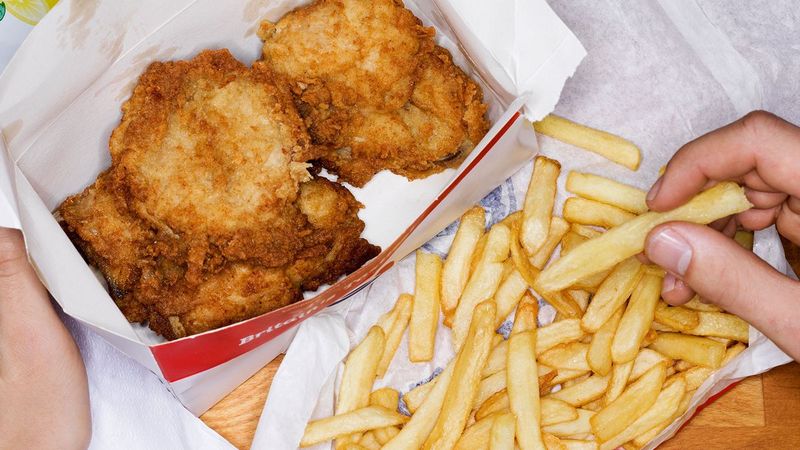
As inflation continues to rise, consumers are feeling the pinch. Non-essential purchases, such as regular fast-food visits, are taking a backseat. The ripple effect is evident in many fast-food chains, which have seen a noticeable decline in customer spending.
This shift in priorities reflects broader economic challenges faced by individuals and families. With tightened budgets, the decision to dine out becomes a more calculated choice. Fast-food establishments are reassessing their offerings and pricing strategies to attract price-conscious consumers.
The landscape is changing, with value menus and discounts becoming more prominent. As economic conditions evolve, the industry must adapt to meet the changing needs of its customers.
Jack in the Box Closures
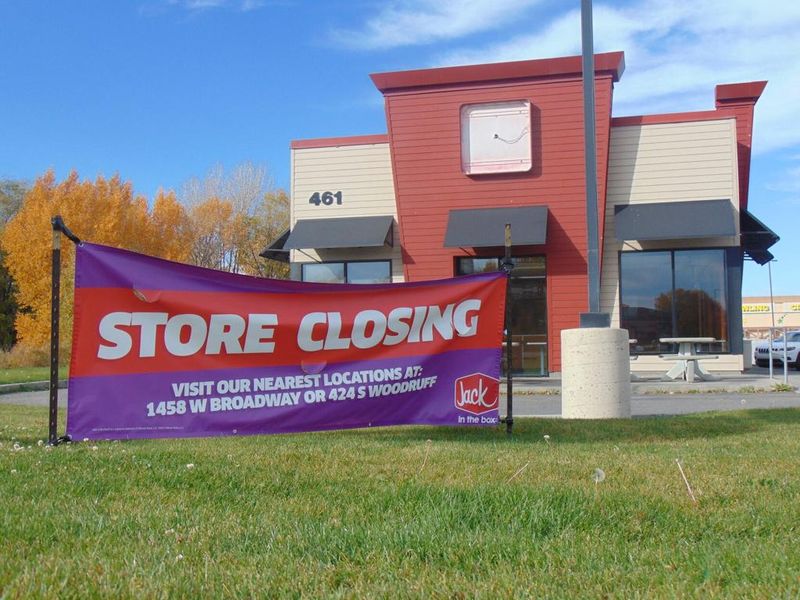
Jack in the Box has recently announced the closure of all its locations within the Kansas City metropolitan area. This decision comes as part of a larger strategy to optimize business operations and focus on more profitable markets.
The closures mark a significant shift for the company, reflecting broader industry trends and financial realities. Local patrons will undoubtedly feel the impact, as these restaurants have been a staple in the community for years.
The closures highlight the challenges faced by fast-food chains in today’s economic climate. With competition intensifying, strategic decisions like these become necessary. As the company navigates this transition, the focus remains on long-term viability and growth.
Wider Downsizing Plans
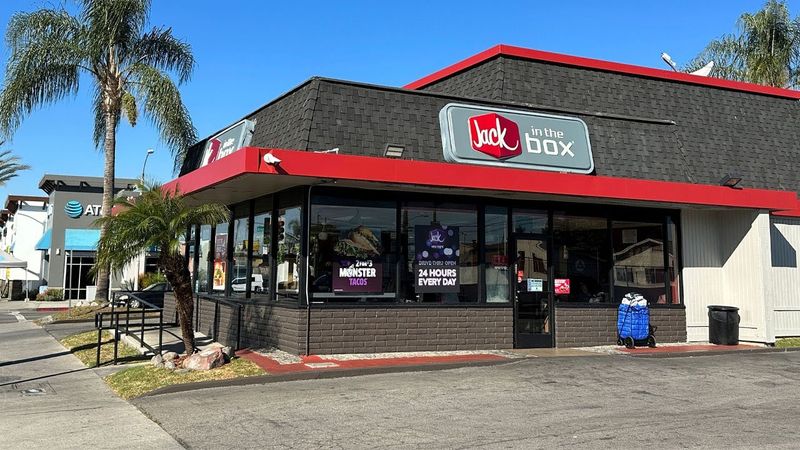
Looking ahead, Jack in the Box has outlined plans to downsize further. The company aims to shut down 80–120 underperforming locations across the United States by 2025.
This move is part of a broader effort to streamline operations and enhance profitability. Downsizing allows the company to focus resources on locations with higher growth potential. It’s a strategic decision that reflects the current economic landscape and the challenges faced by the fast-food industry.
By narrowing its focus, Jack in the Box aims to strengthen its position in the market. This initiative underscores the importance of adaptability in an ever-changing business environment. The company is poised for a leaner, more efficient future.
“Jack on Track” Strategy
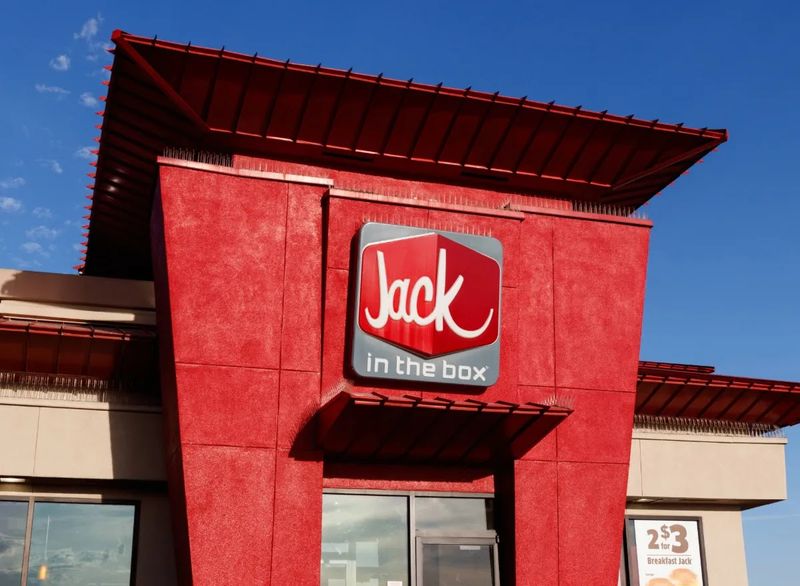
The “Jack on Track” strategy is a key component of Jack in the Box’s future plans. This restructuring initiative focuses on simplifying operations and reducing costs.
By streamlining processes, the company aims to enhance efficiency and improve customer experiences. The strategy underscores a commitment to innovation and adaptability in a competitive market.
Through targeted investments and operational improvements, Jack in the Box seeks to bolster its brand and regain market share. This plan is not just about survival, but thriving in a challenging environment.
As the strategy unfolds, the company remains optimistic about its potential for growth and success. The road ahead is clear, with a renewed focus on delivering value to customers.
Debt Reduction Goals
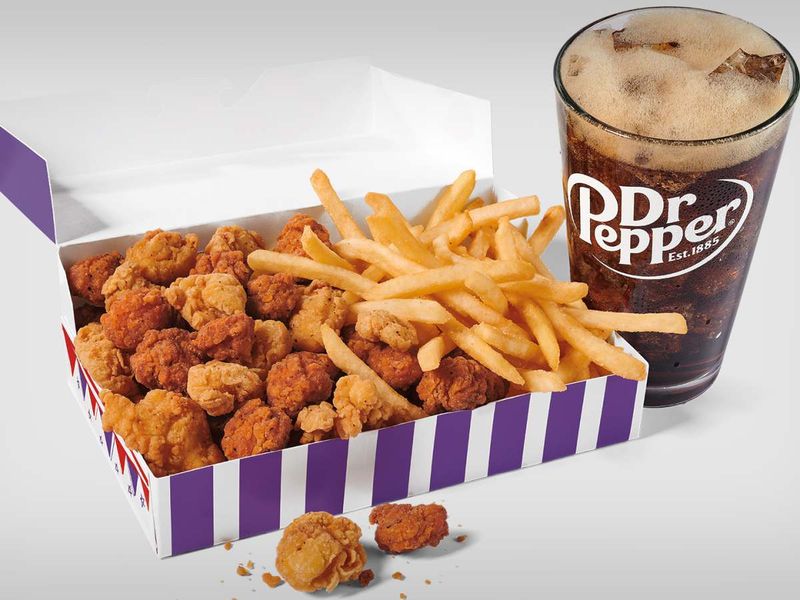
In an ambitious move, Jack in the Box aims to cut $300 million in debt over the next two years. This decision is part of a broader financial strategy to strengthen the company’s fiscal health. By reducing debt, Jack in the Box can allocate more resources towards growth and innovation.
The focus on debt reduction highlights the company’s commitment to long-term sustainability. It’s a proactive step in ensuring stability amidst economic uncertainties.
With a clear plan in place, Jack in the Box is poised to navigate the challenges ahead. The goal is not just to survive, but to thrive in a competitive landscape. This financial strategy marks a pivotal moment in the company’s journey.
Potential Del Taco Sale
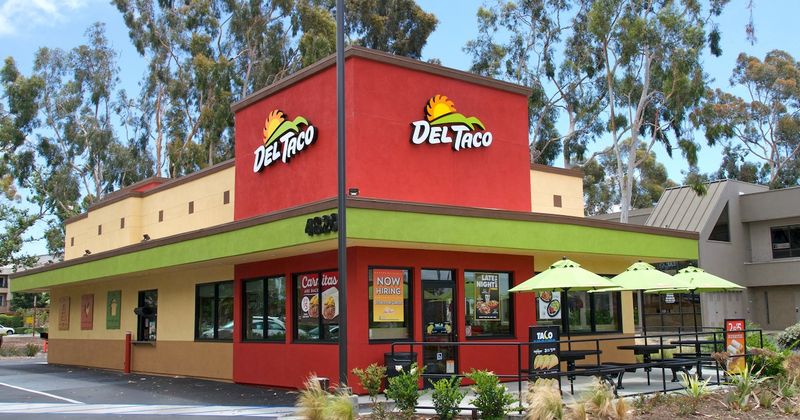
There are whispers in the industry about a potential sale of Del Taco by Jack in the Box. Acquired in 2022, Del Taco has since been part of Jack in the Box’s portfolio.
However, the company is considering divesting to streamline its operations. Selling Del Taco could free up resources to focus on core business areas. It’s a strategic move that aligns with Jack in the Box’s overarching goals.
The potential sale reflects the company’s commitment to efficiency and growth. As discussions continue, stakeholders eagerly await the outcome. The decision could significantly impact the company’s trajectory, offering new opportunities for expansion and innovation.
Limited Future Presence in Kansas City
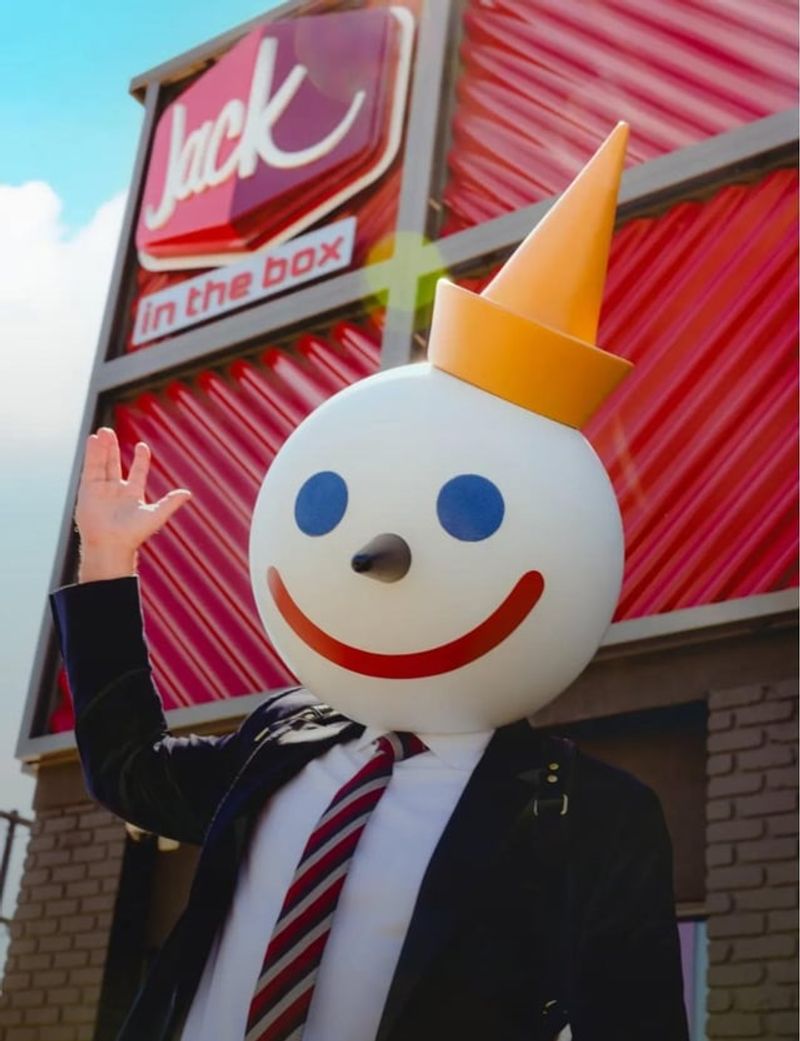
Despite the recent closures, Jack in the Box plans to maintain a presence in Kansas City. Only one new location is slated to open in August 2025.
This decision reflects a strategic choice to concentrate efforts in a promising area. The new site will serve as a testbed for innovative concepts and operational strategies. By focusing on a single location, Jack in the Box can optimize resources and ensure success.
It highlights the company’s commitment to adapting and thriving, even in challenging environments. The opening is eagerly anticipated by the community, offering a glimpse into the future of the chain. This calculated move marks a new chapter for Jack in the Box.
CEO’s Vision
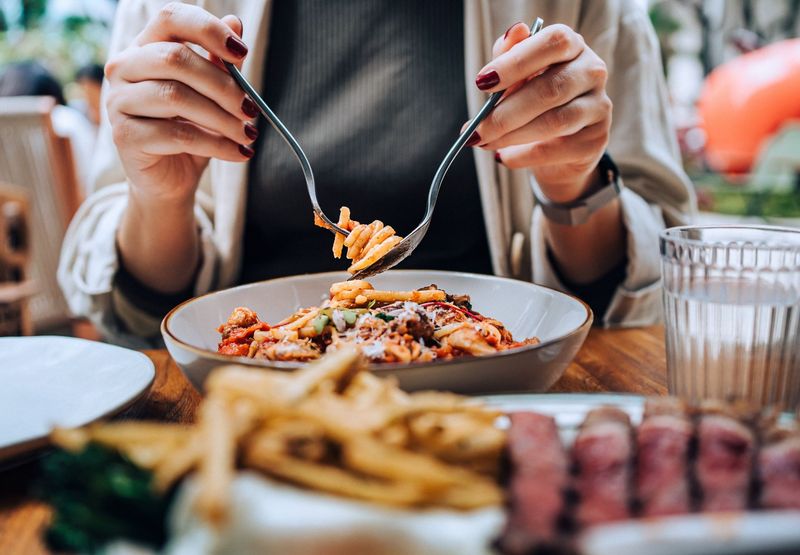
CEO Lance Tucker envisions a future where Jack in the Box returns to its roots. The changes implemented are seen as a return to simplicity, focusing on core strengths and customer satisfaction. Under his leadership, the company aims to streamline operations and enhance profitability.
Tucker’s vision is one of innovation and resilience, ensuring the brand remains relevant in an ever-changing market. His approach emphasizes adaptability and strategic growth, building on the company’s legacy.
As Jack in the Box navigates this transformative period, Tucker’s leadership provides clarity and direction. The goal is to create a sustainable business model that thrives amid challenges.
This vision is the driving force behind the company’s current initiatives.
Leave a comment